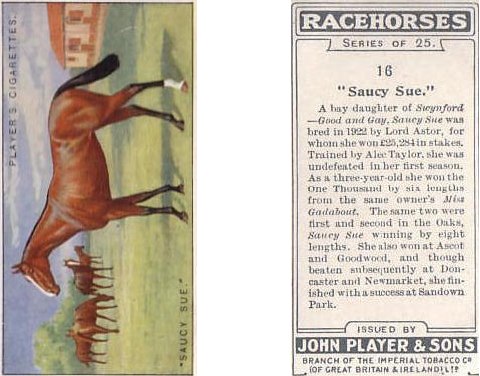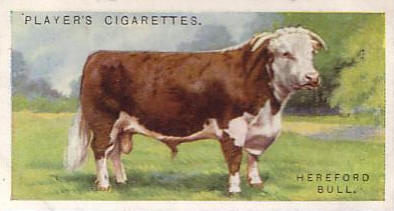
The hobby of collecting cigarette cards is known as Cartophily. These cards were originally given away in cigarette packets as a marketing gimmick, primarily to encourage people to buy more cigarettes. They eventually evolved however, into miniature reference books with fine illustrations and detailed texts that captured snapshots of the social history of the day.
The origins of these cards can be traced back to 1880’s America, when blank cards known as ‘stiffeners’ were put into paper packets in order to stiffen the packaging and protect the cigarettes from being crushed and bent. Shortly after this, some bright spark had the idea of using the cards for advertising purposes by printing pictures and words onto them.
In 1888 W.D.& H.O. Wills became the first British cigarette manufacturer to include cards, again originally for advertising purposes; however in 1895 they issued their first general interest set titled Ships & Soldiers. This no doubt represented the target market for their product.

At a time when most common folk were barely literate, these beautifully produced full colour cards quickly established a popular following. Cards were organised in sets, usually of between 25 – 50 cards, featuring a common topic or theme and were designed to be collected as a set.
The W.D.& H.O.Wills, Kings & Queens set issued in 1897, was the first to have short notes on the back to give some background of the featured monarch.
Other early sets include those from John Player & Sons and Ogdens cigarettes, which appeared around 1900. Subsequent sets were produced on subjects as diverse as weapons, transport, racehorses, sportsmen, etc.

Pictures above show both face and back of card
By the early 1900’s cigarette cards had established an almost fanatical following with thousands of different sets being issued by more than 300 cigarette manufacturers, all competing with each other to sell their products and establish brand loyalty. In those days it was a common sight to see children standing outside a shop asking ‘can I have your fag card Mister’.
In 1917 due to a shortage of materials caused by the First World War, production of cards ceased and they did not reappear again until 1922. Sets issued throughout the 1920’s and 30’s represented the Golden Age of card collecting, and covered almost all aspects of nature, transport, sport, etc.

The subjects of the cards could also reflect the moods and concerns of the times: for example, during the run up to World War II, sets were issued such as Air Raid Precautions. In contrast, other sets such as those bearing pictures and specifications of aircraft were banned by the government, presumably to prevent them from falling into enemy hands.
In 1940 the British wartime government again banned cigarette cards citing them as “a waste of vital raw materials”. In the aftermath of the war any hope of a return to the Golden Age of cigarette cards were dashed by rationing and the high cost of raw materials.
And so to the above claim that these cigarettes cards …”could capture snapshots of the social history of the day”, we intend to feature a selection of these series over the months to illustrate the point. Stay tuned!







